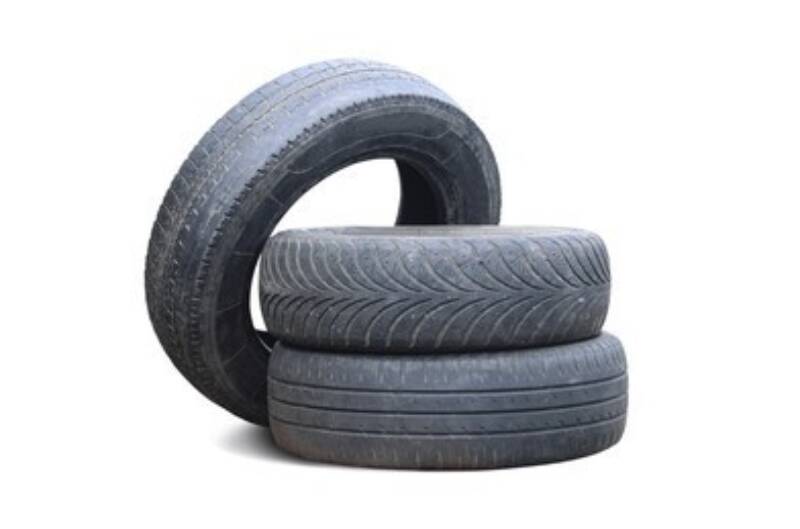
How do I know if a partly-worn tyre is safe?
By law, all partly-worn tyres must meet a standard. Tyres are vital to road safety and must not have:
- any lump, bulge or tear, on the inside or outside of the tyre, caused by its structure separating;
- any ply or cord exposed on the inside or outside of the tyre;
- any cut on the inside of the tyre over 25 millimetres or 10% of the width of the tyre, whichever is the greater. The cut must not be deep enough to reach the ply or cord.
The tyres should be in such a condition that:
- the base of any groove that showed in the original tread pattern of the tyre is clearly visible; and
- the grooves of the original tread pattern of the tyre must be at least 2 millimetres deep across the full width of the tread and around the entire outside of the tyre.
It is illegal to sell tyres that are dangerous. If you have tyres on your premises that are not safe to sell, you should make sure they are stored well away from other tyres or marked ‘not for sale’.
Do partly-worn tyres have to be marked to show that they are partly-worn?
Yes. Partly-worn tyres (except tyres that have had the tread replaced and which were first sold before January 2004) should have a European Community approval mark (for example, E11) and a speed and load capacity index (for example, 76 S), moulded into the side wall when they are made.
As well as these usual markings, all partly-worn tyres must be marked ‘PART-WORN’ in upper-case letters at least 4 millimetres high.
This wording must be permanently applied to the tyre, and people must be able to read it. You must not do this by branding or cutting the letters into the tyre.
Rubber labels can be permanently fixed to the tyre if they are ‘cold vulcanised’ to the tyre. There are different ways of doing this.
What are the marking requirements for retreads?
Partly-worn retreaded tyres first sold during 2003 must have either BS AU 144b, 144c, 144d or 144e markings on the side wall or an EC approval mark. For tyres marked 144e, a speed and load capacity index should be present.
Partly-worn retreaded tyres first sold after January 2004 must have an EC approval mark. A tyre has to meet all the requirements shown above, whether or not it is fitted to a wheel rim.
It is best to thoroughly inspect any tyre before fitting it to a wheel. You should also inspect the tyre after you have fitted it and inflated it to the highest operating pressure. Tyres which are sold unfitted will need to be inspected with particular care as it is an offence to supply tyres with faults even if these faults can only be seen when the tyre is inflated.
Are there safety standards for tyres that have been repaired?
Yes. If a tyre has been repaired, it must have been properly repaired
Any tyre that has been repaired should be inspected very carefully. Repairs need to meet BS AU 159e 1990 – Repairs to Tyres on the Public Highway. If you are not qualified to judge a repair, we suggest you get rid of the tyre.
Information is also available from the following organisations:
The British Rubber Manufacturers’ Association and the Tyre Industry Council
6 Bath Place
Rivington Street
London
EC2A 3JE
Phone: 020 7457 5040
Contact Us
If you would like further information, please contact us at Ballymoney Office, Riada House, 14 Charles Street, Ballymoney BT53 6DZ or Limavady Office, 7 Connell Street, Limavady, BT49 0HA